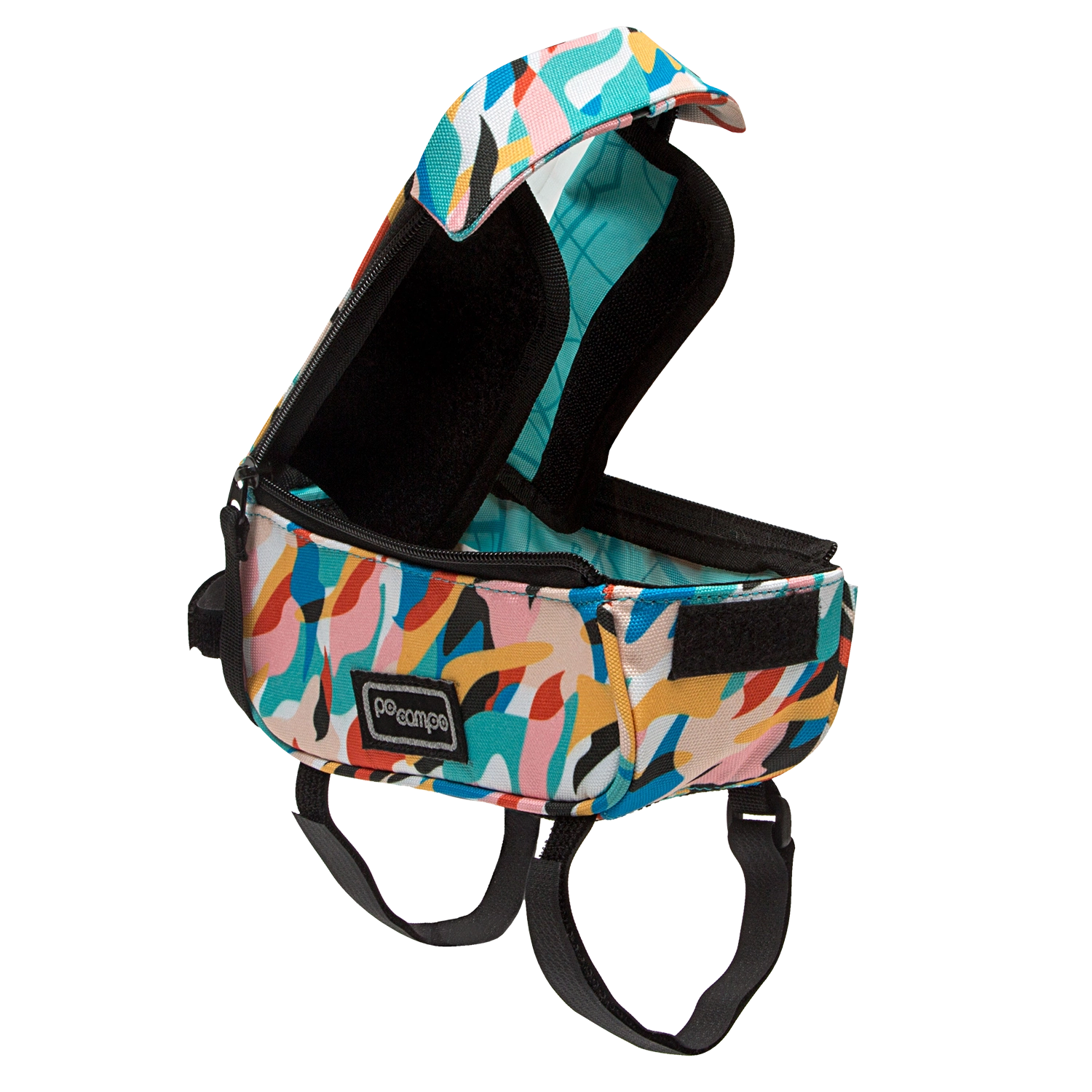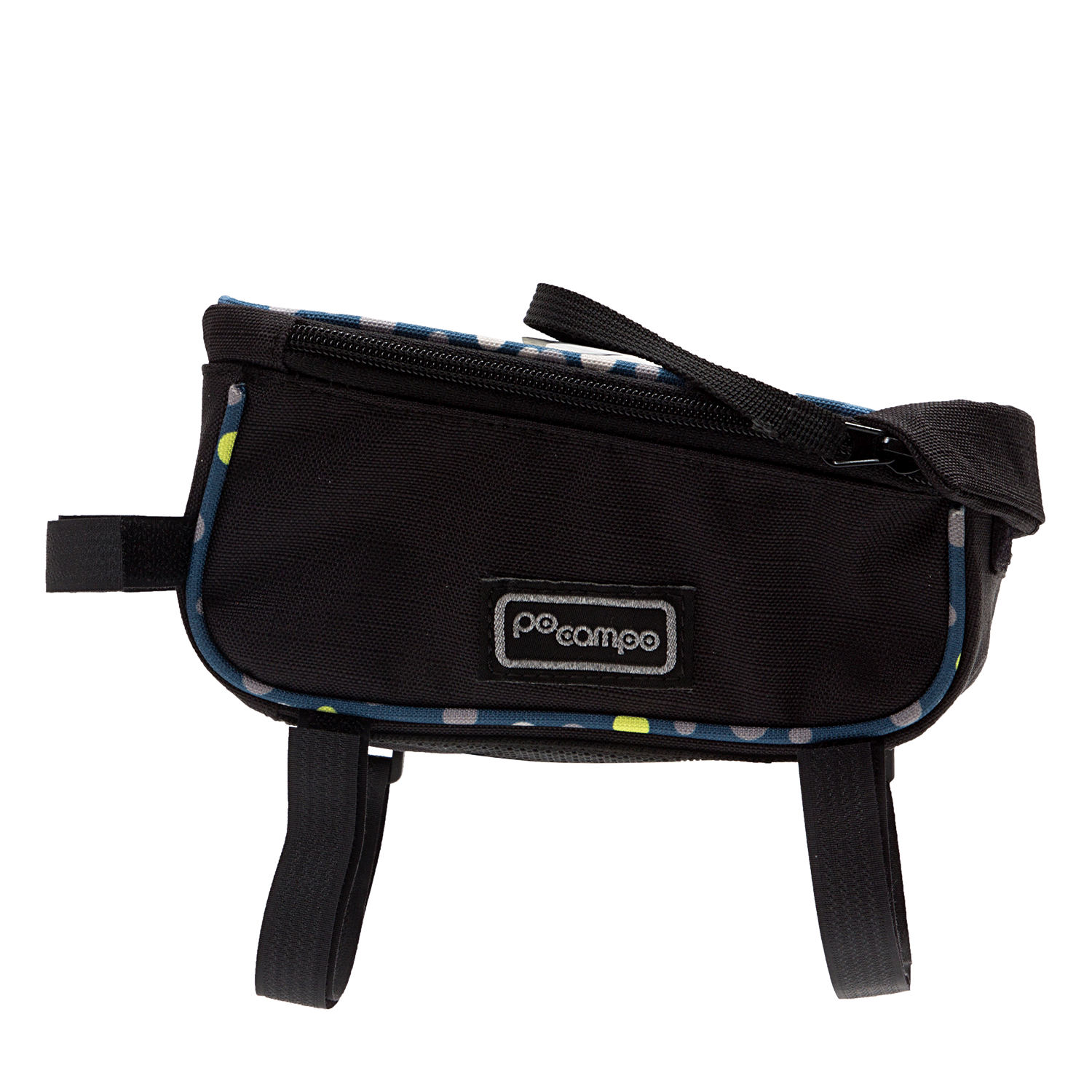
How timely that the launch of our new Bike Ride print is timed with the Winter Olympics in Sochi since the pattern was inspired by Russian Constructivism. What is that, you ask? Keep reading!
Constructivism was an influential art movement that flourished in Russia in the early 1920’s, fueled by the 1917 October Revolution, in which Russia became the world’s first socialist state. Artists reacted by rethinking their approach to their work to help push forward the goals of what they considered a truly modern society. We all know about the demise of the USSR, but can’t you imagine what an exciting time this would’ve been, a chance to try out a radical new form of government in one of the world’s great countries and express it in art and design?
 “Monument to Third International” or “Tatlin Tower”, designed by Vladimir Tatlin. It was never built, but it considered the icon of the movement.
“Monument to Third International” or “Tatlin Tower”, designed by Vladimir Tatlin. It was never built, but it considered the icon of the movement.
This spirit of “building something new” is reflected in the constructivist style by both its methodology and intent. The focus was on how the work was constructed (hence the name) rather than traditional artistic concepts of beauty, while the emphasis was on its role in social change rather rather than creating art for art’s sake. Visually influenced by cubism and futurism, the constructivists strove to take the language of abstract art off the canvas and into practical design work (think: furniture, posters, clothing, ceramics, etc) with an emphasis of being “true to the materials”. I think of the Russian constructivists as the world’s first industrial designers!
 Varvara Stepanova’s furniture designs for “The Death of Tarelkin” play, 1922. © Rodchenko Stepanova Archives, Moscow
Varvara Stepanova’s furniture designs for “The Death of Tarelkin” play, 1922. © Rodchenko Stepanova Archives, Moscow
 Varvara Stepanova Textile
Varvara Stepanova Textile

Also worth noting was the prominent role that two women, Varvara Stepanova and Liubov Popova, played in the movement. Rarely do you see women listed among the top influential movers-and-shakers in any art or design movement (sad, but true), which makes Russian constructivism extra dear to my heart. Stepanova and Popova worked in many mediums, from costume design to graphic/book design and textile design. Check out this outfit! Totally want it.
 Stepanova Clothing Design
Stepanova Clothing Design
Towards the mid 1920’s, the Constructivism scene within Russia began to fracture but the concepts caught on in Western Europe, heavily influencing both Germany’s Bauhaus movement and the Dutch de Stijl movement. Nowadays, the term Constructivism evokes a kind of geometric abstract art that is ‘constructed’ from autonomous visual elements such as lines and planes. These are the elements I’m attracted to in Stepanova’s textile work and that we tried to carry forward in our Bike Ride print. See the inspiration on our Pinterest board.

Thank you for indulging me in a walk down art history lane. Did I miss anything?

Constructivism in Olympics Opening Ceremony

































